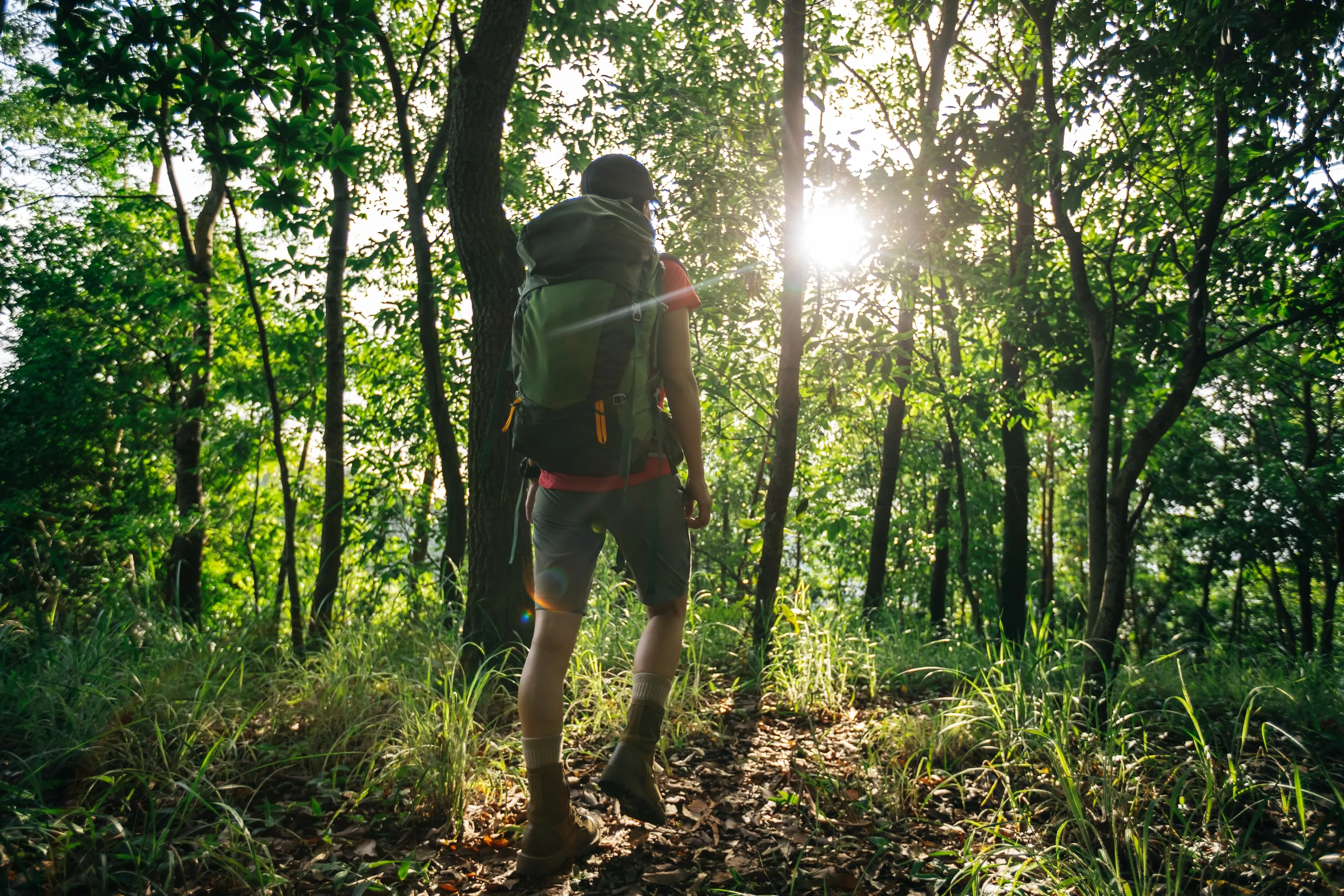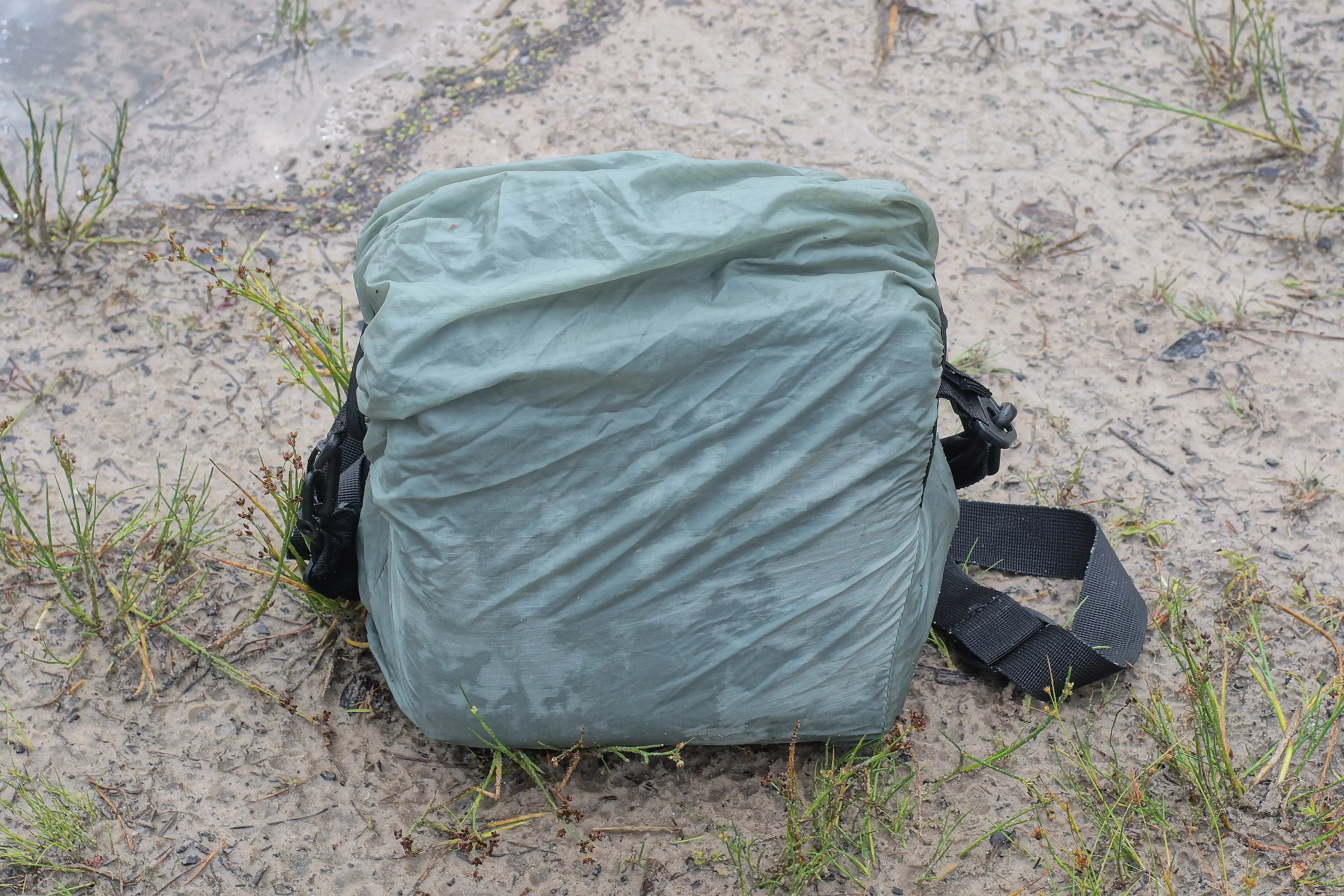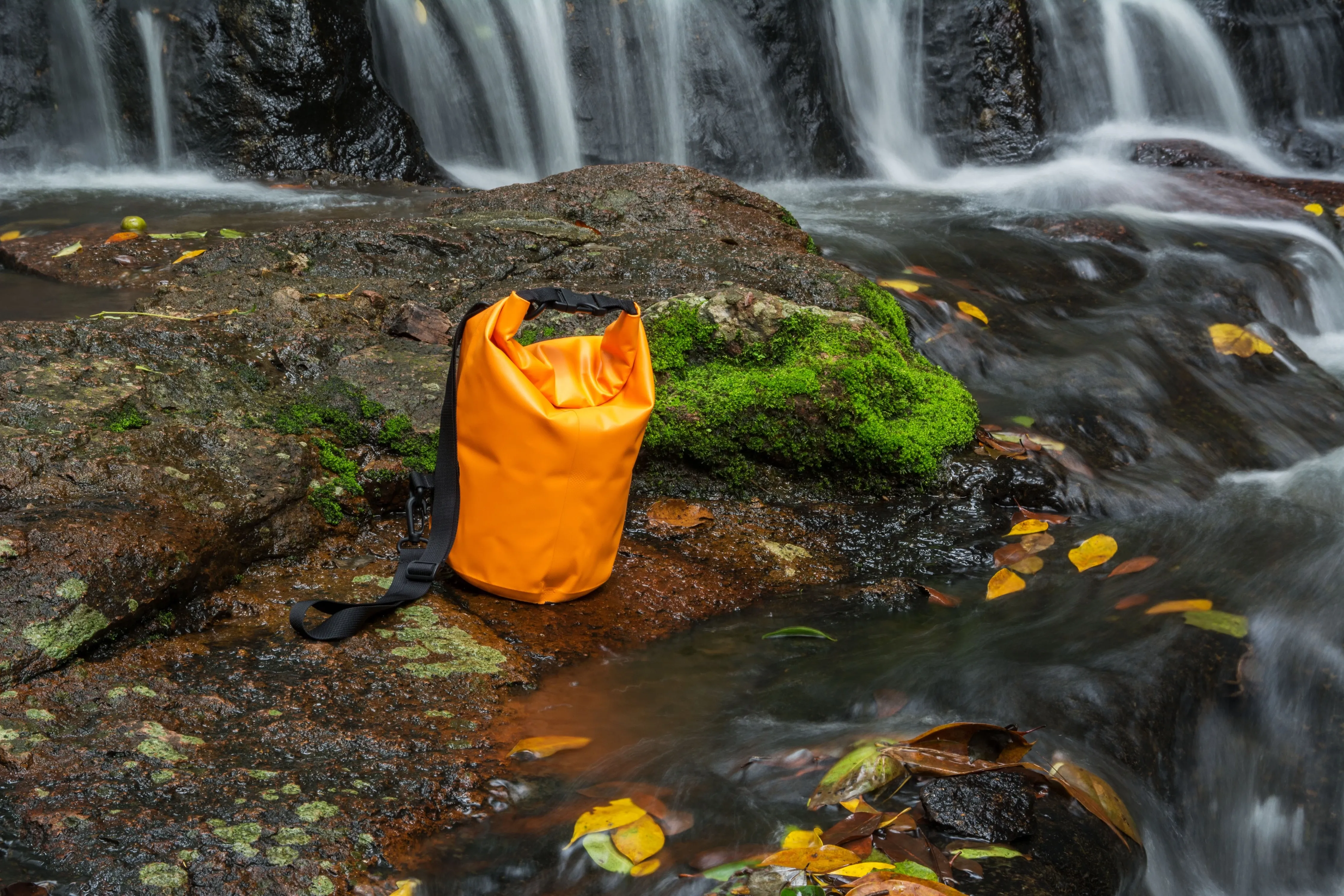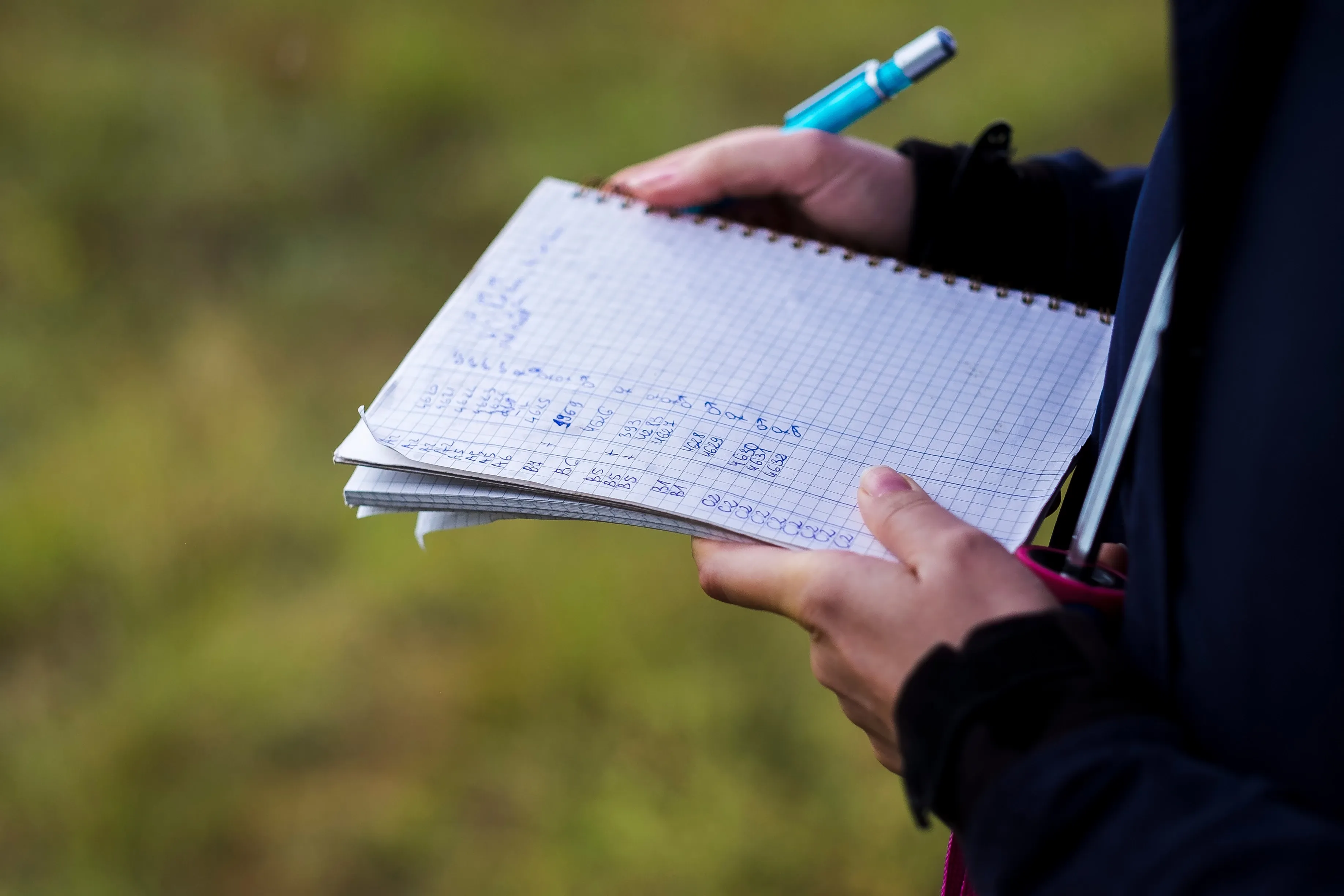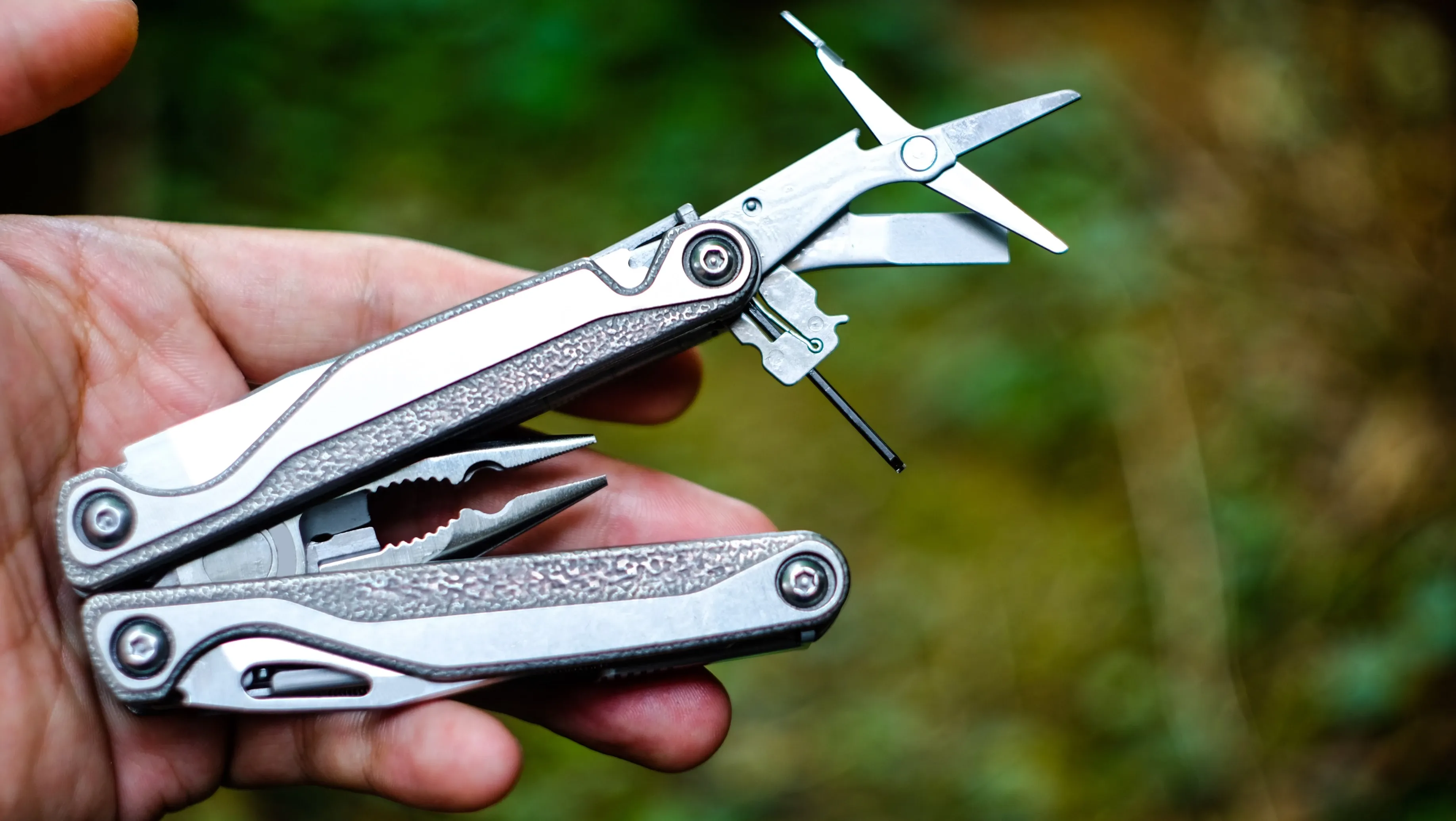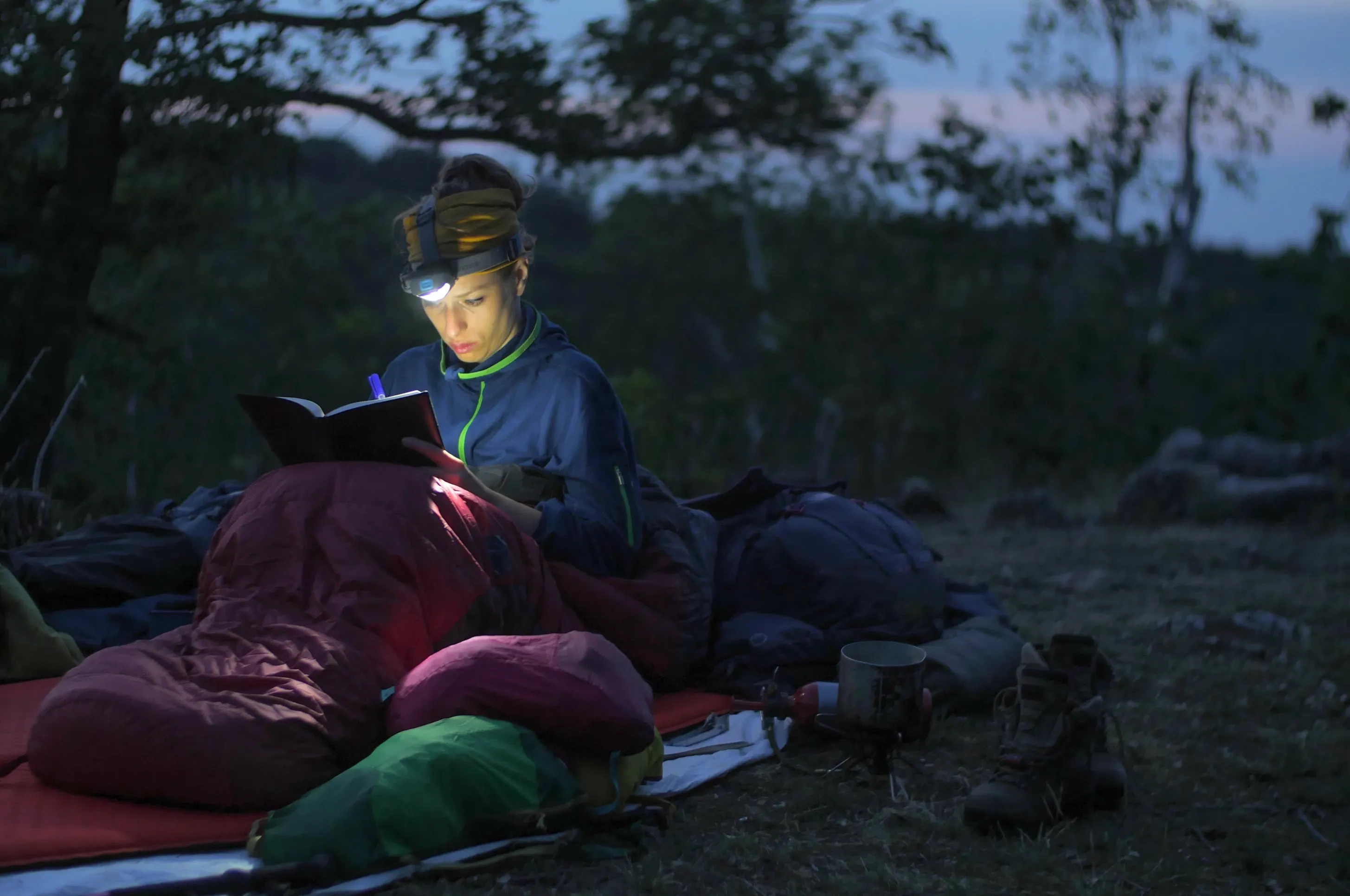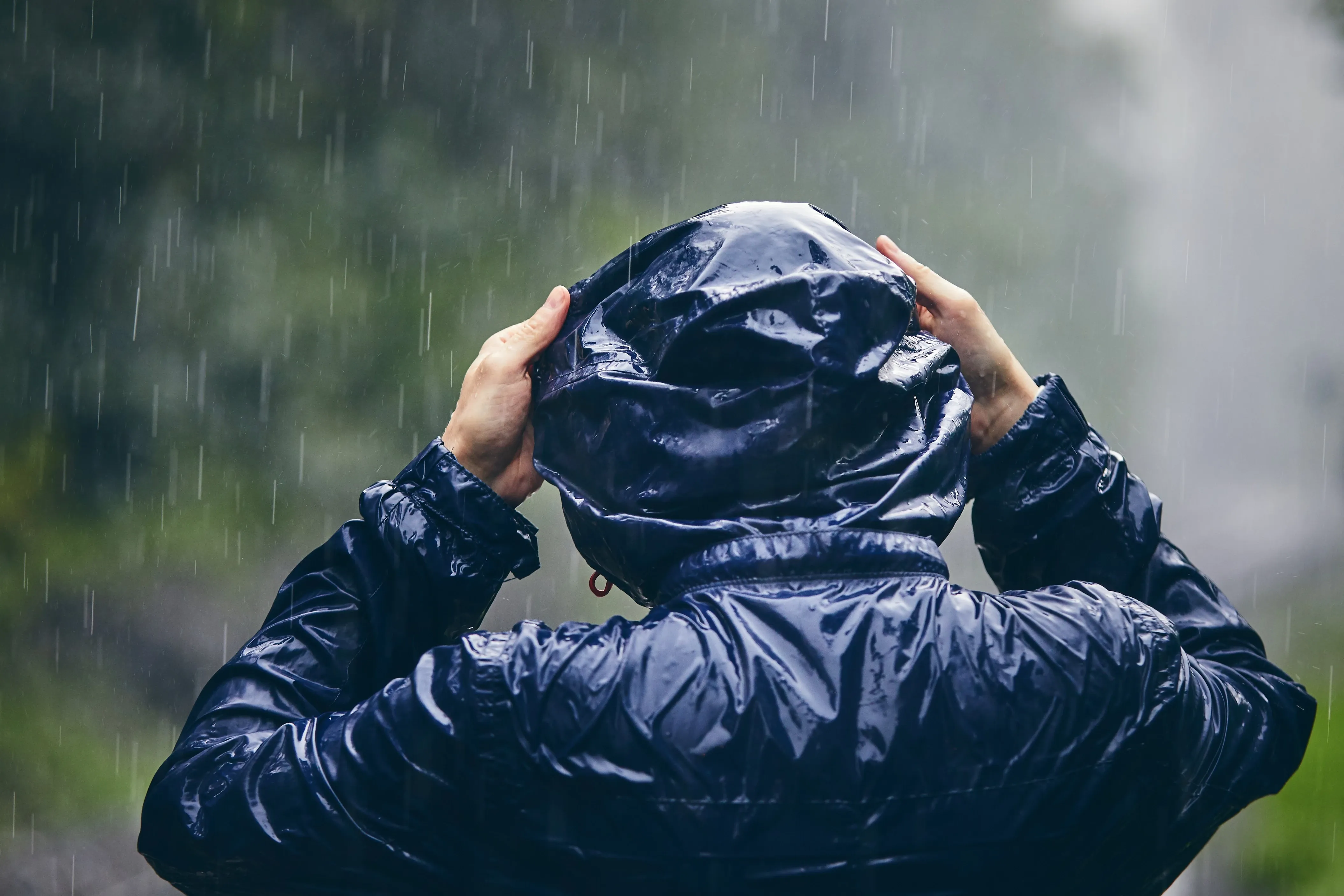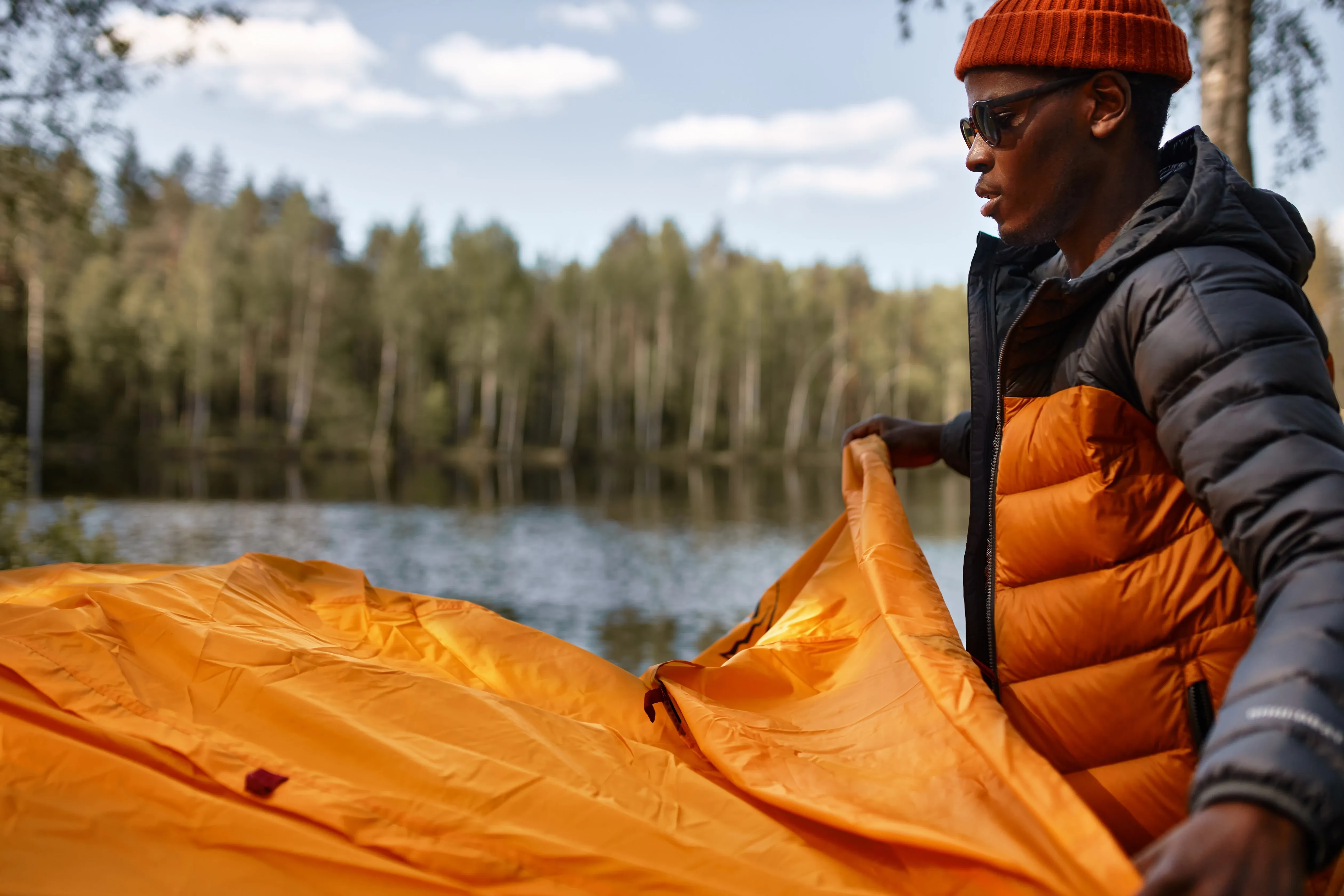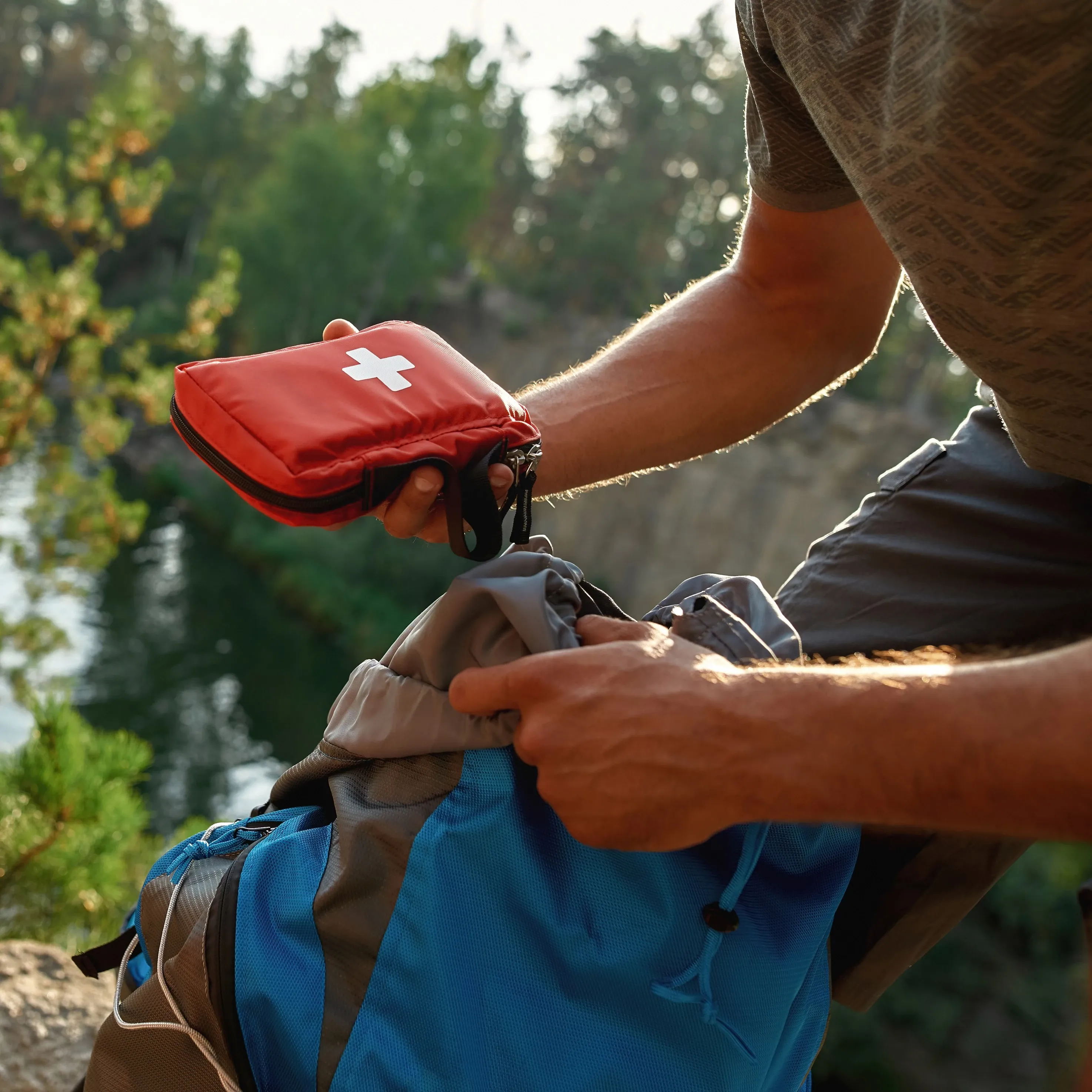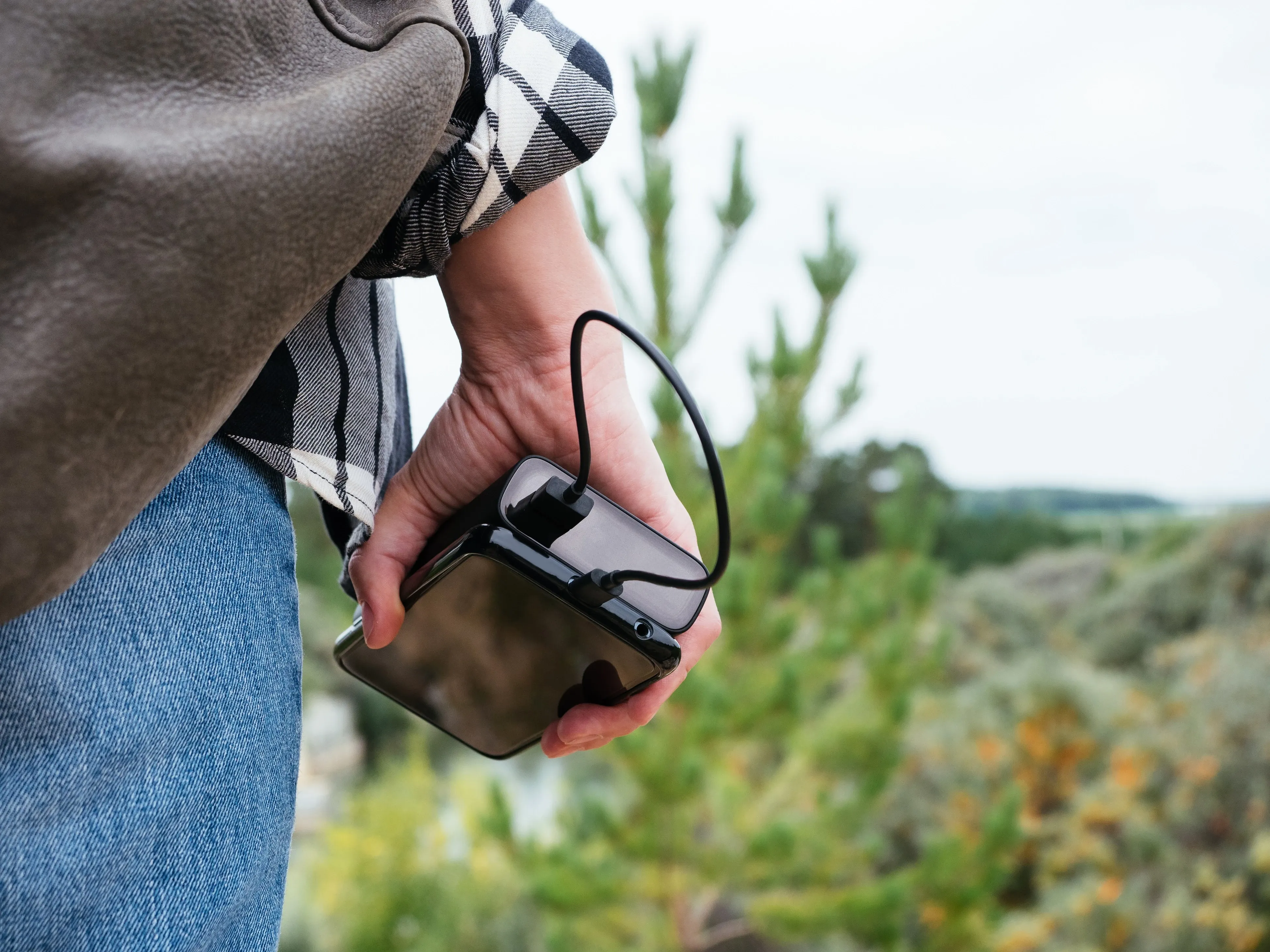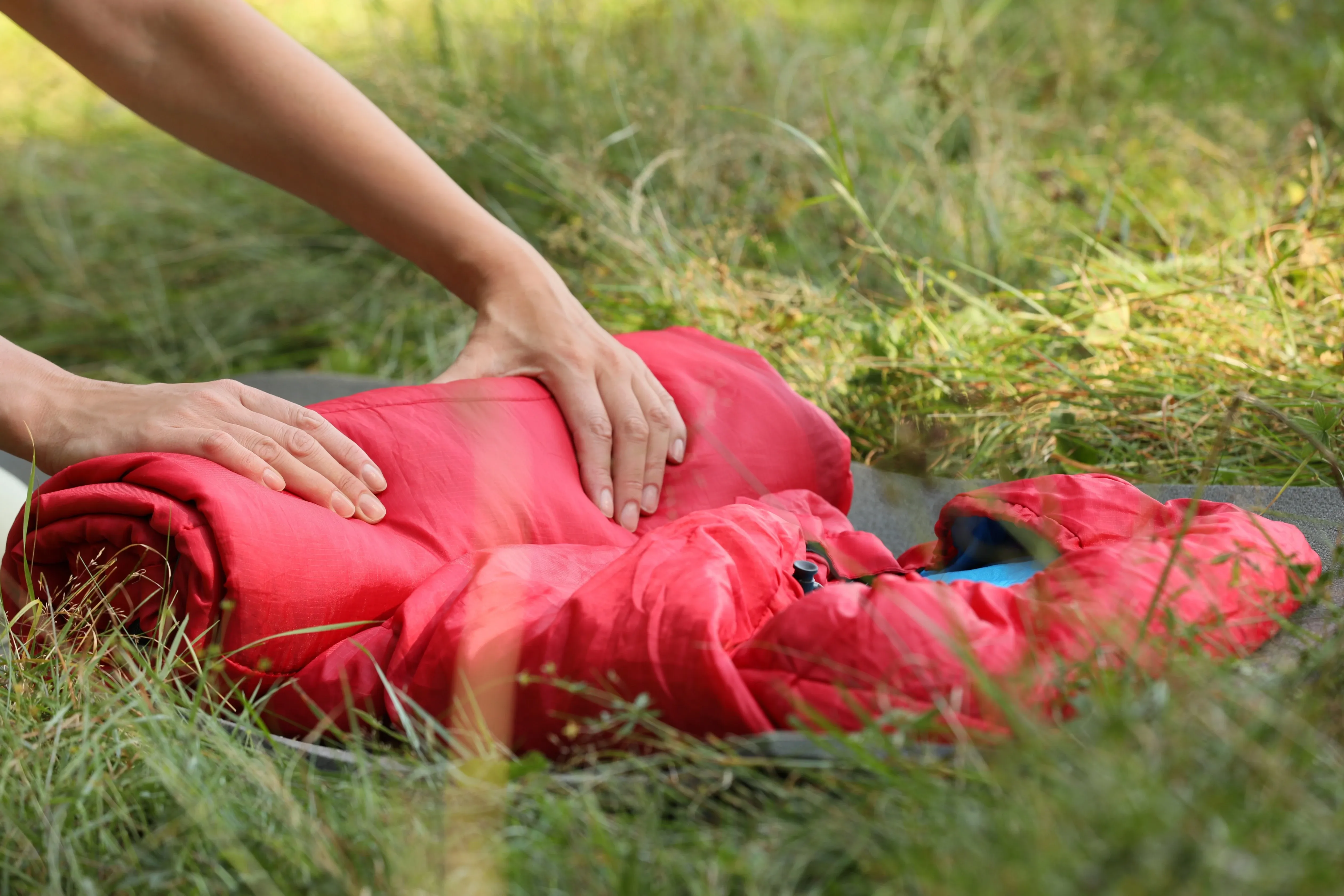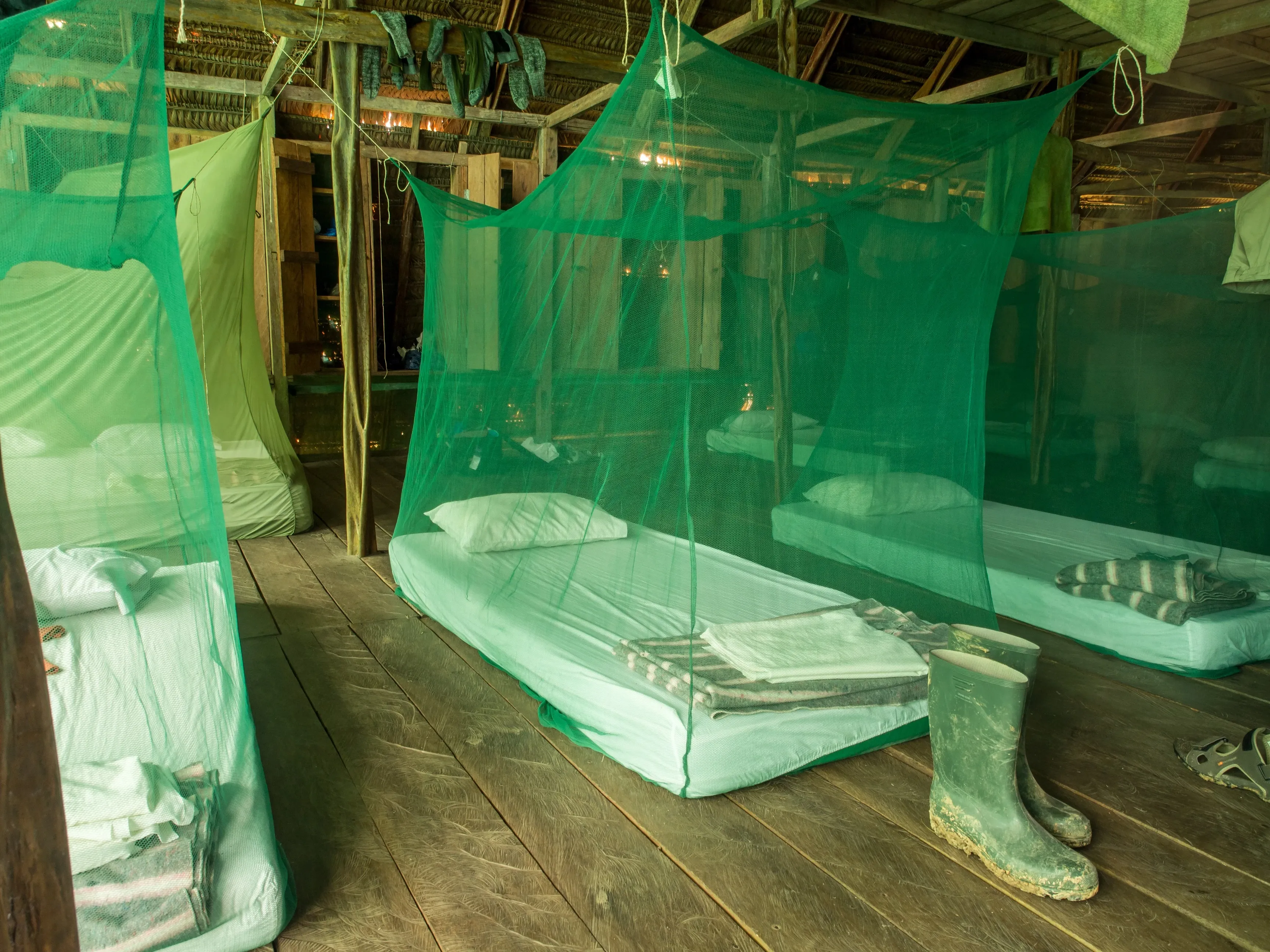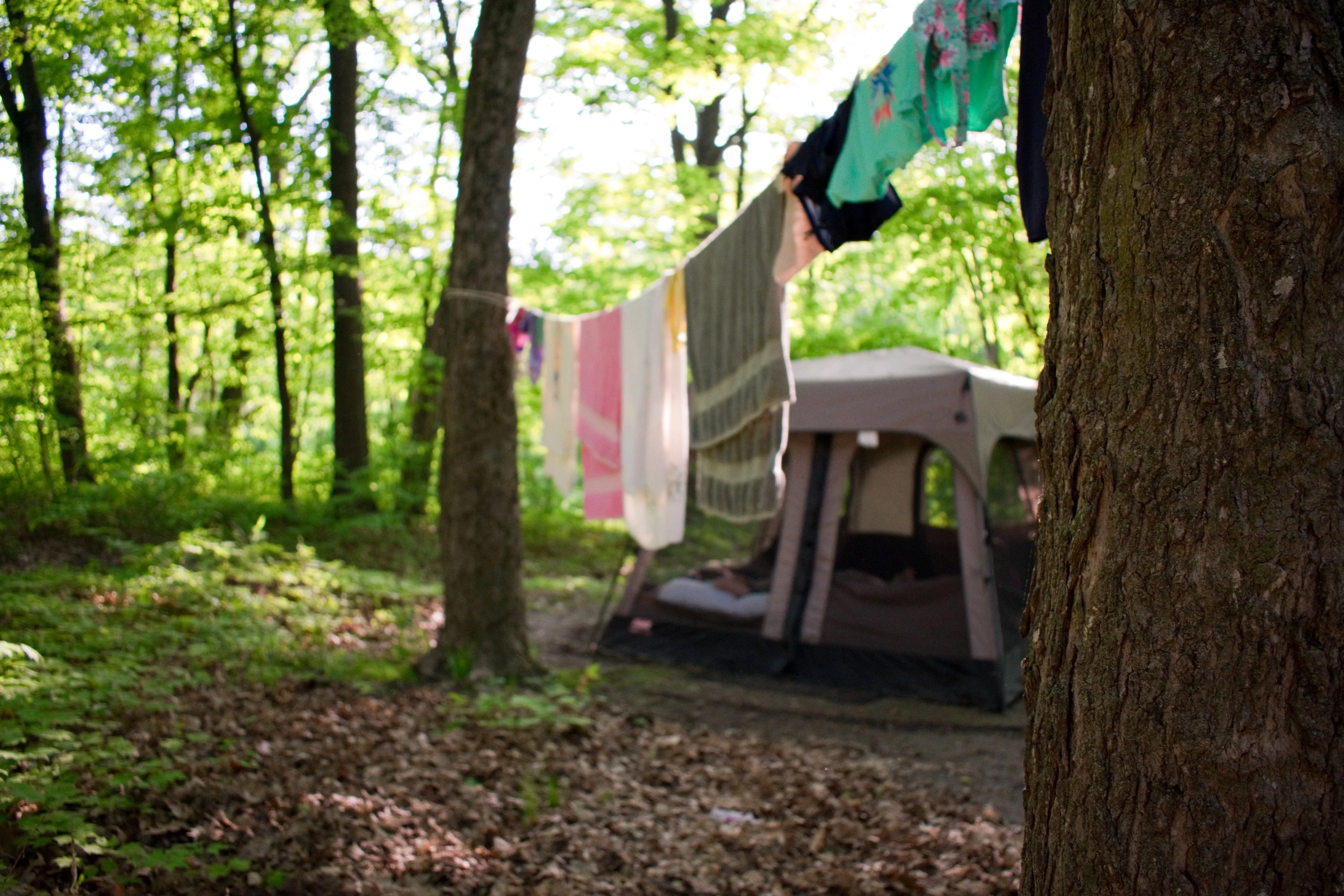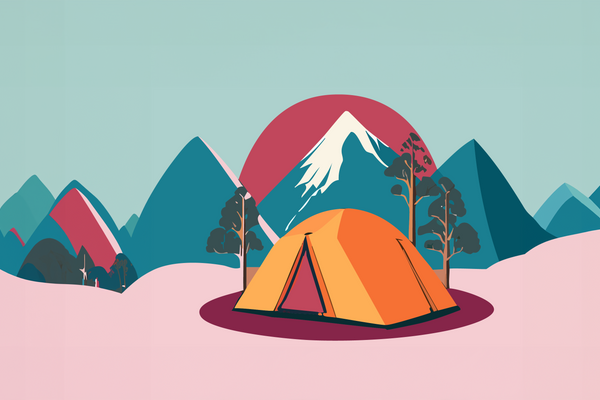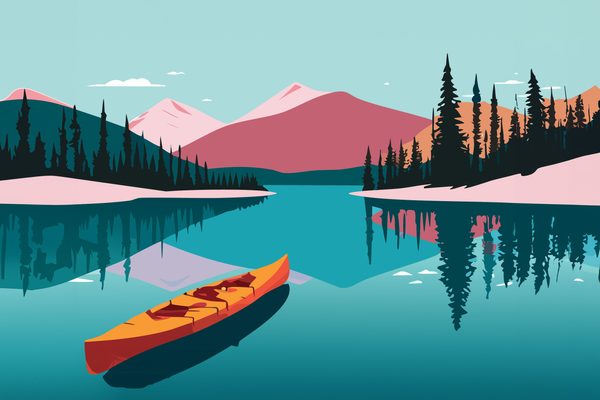The ultimate conservation fieldwork packing list
Your fieldwork packing list will include specialty gear as well as a few home comforts; what do you need to prepare ahead of time to ensure you’re ready for life in a conservation field station?
How do you pack for fieldwork?
Preparing for your first conservation field trip can be daunting – there are lots of things to think about, not least what kit you need to buy to ensure you don’t get caught out while you’re away. Depending on the field site, you might be able to purchase the basics near where you’ll be working.
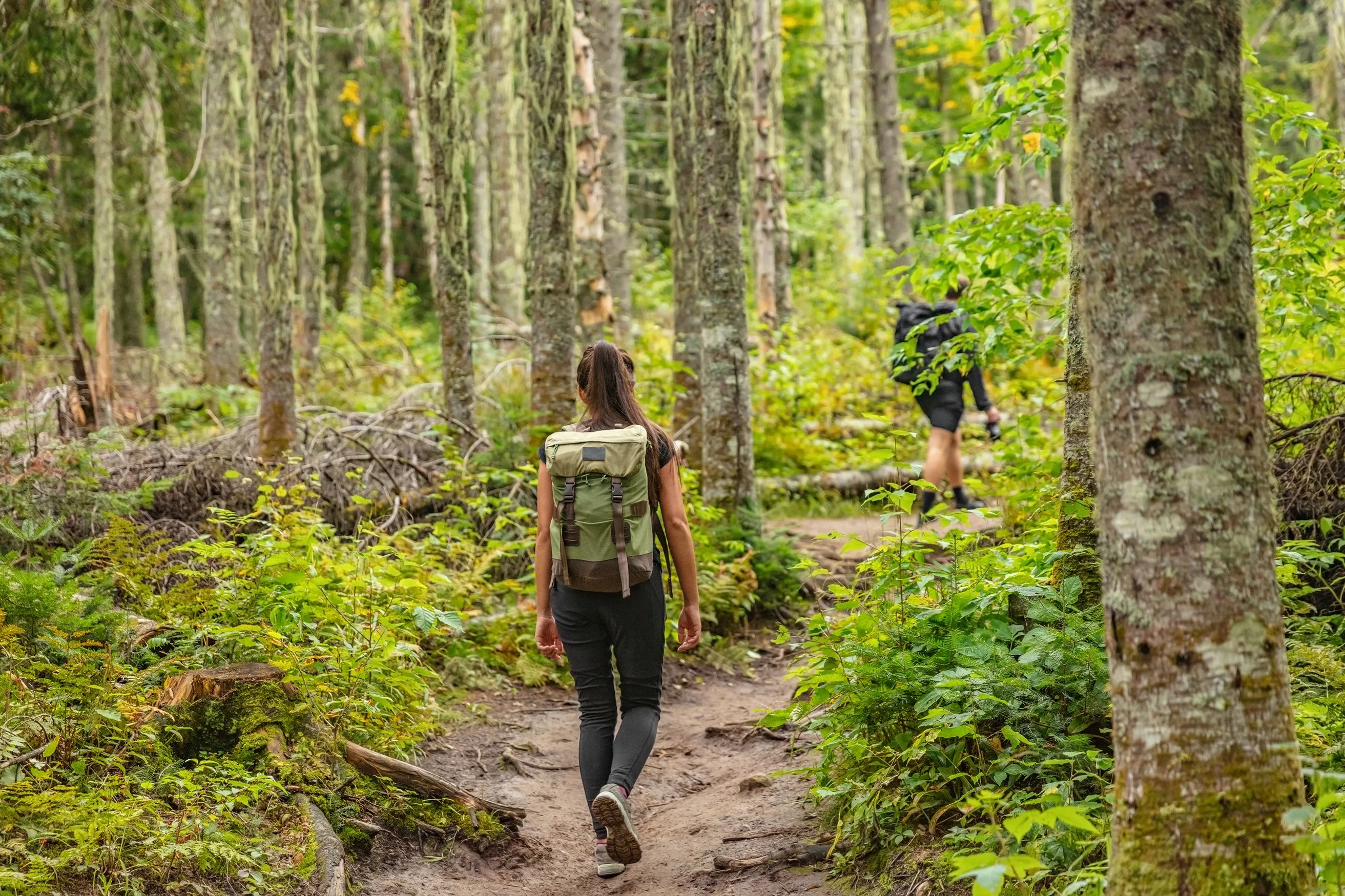
Generally speaking, good quality field clothes and equipment aren’t easy to come by when working in a remote location, so preparation is key.
Packing light is essential – you will likely be sharing living and sleeping space in a field station, so you won’t have much space to store your belongings.
Because field stations are usually in hard-to-reach places (often with rough terrain on the way) and you won’t have much space once you get there, backpacks are typically preferable to suitcases. This is especially true if you will be moving between field sites (or to and from a field station from a more permanent base).
Must-Haves: Top 10 essentials to bring with you to a biological station
#1 Backpack
You will likely be using your daypack every day in the field as you travel to and from the field station. It is crucial that your backpack is a robust bit of kit and is big enough to carry extra field equipment as well as your water, snacks and notebooks. A 25- to 30-litre backpack should be big enough if you’re heading back to a field station at night.
#2 Waterproof cover for your backpack
Completely waterproof backpacks tend to either be uncomfortable (and not made for the field) or very expensive. Unless you’re working in a marine environment, buying a waterproof cover for your backpack is probably the most efficient. Check it before you head out to the field – it needs to be the right fit for your backpack; you don’t want it flying off mid-hike!
#3 Dry bags
Often available in packs of several different sizes, dry bags are essential for anybody working in an area of the world where downpours are to be expected or where they will need to be making journeys over water. Store your fragile bits of kit inside the dry bags (inside your backpack) for extra protection against the elements.
#4 Notepad, pencil and sharpener
Waterproof notepads have made it to market now, but the traditional paper and pencil combination is still sufficient for taking notes in the field. Just be sure to leave your pens at home if there is any chance your notebook might get wet.
#5 Water bottle
You never know when you might get stuck in the field without access to clean water, so it is integral to always take a supply with you. Take containers for at least a couple of litres if you’re heading to a hot country.
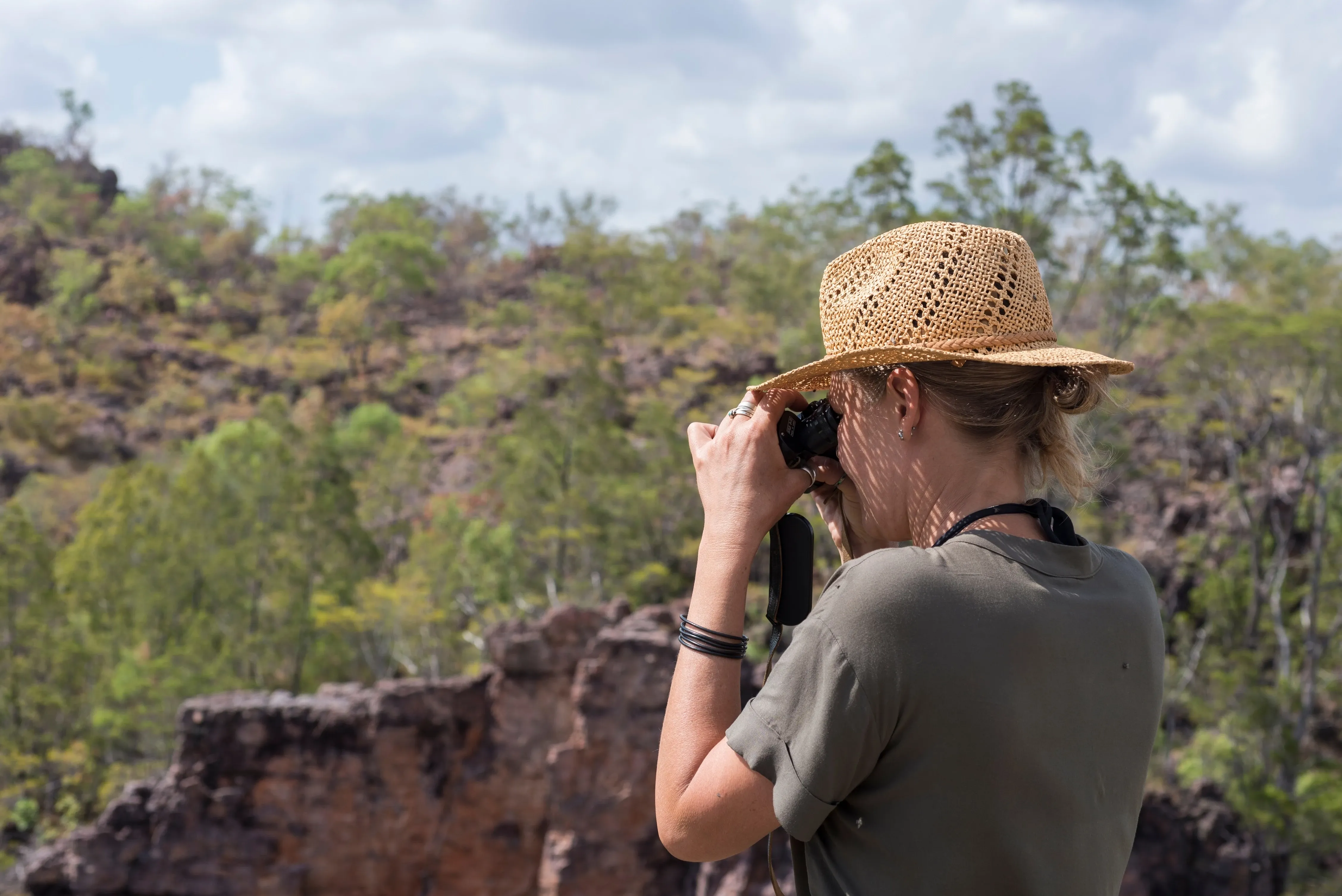
#6 Multitool
Which one you go for might depend on the sort of work you’ll be carrying out, but in any case, you’ll certainly find a knife, screwdriver and mini saw will come in handy. You might also like to take a bigger knife/machete (check what the conservation organisation allows before adding it to your bag).
#7 Binoculars
How much you spend on a pair of binoculars will depend on the sort of work you’ll be undertaking. Do your research and find a good pair ahead of time (try second-hand marketplaces if the price is an issue).
#8 Headtorch
If you’re going to be out after dark – whether for night surveys or a trip to the loo – a head torch is an absolute must-have. Remember to pack plenty of spare batteries, too.
#9 Insect repellent
Location-dependent, you might need to research a good mosquito repellent and buy it in bulk before you go. Be aware that some conservation field sites ban strong chemicals like DDT. You might also have to hold off on applying mosquito repellent if you’re handling animals (especially amphibians).
#10 Biodegradable toiletries
Where possible, go for the zero-waste alternative when it comes to toiletries. Conservation field stations are often off the beaten track (and so is the plumbing network!) – remember that you will be living closely with nature and might even be brushing your teeth outside. Wastewater often ends up directly in nature along with your shampoo and other toiletries, which must therefore be biodegradable.
Ultimate detailed conservation fieldwork packing list
Clothes and accessories
- Underwear
- Field clothes
- Walking socks
- Lounge clothes
- Workout clothes
- Swimwear
- Smart clothes
- Waterproof coat (or lightweight jacket, depending on the weather)
- Boots
- Shoes (think about your specific trip – perhaps flipflops, wellies or water shoes would be useful, as well as trainers)
- Hat (whether that’s a woolly beanie or a baseball cap)
- Sunglasses
- Waterproof watch
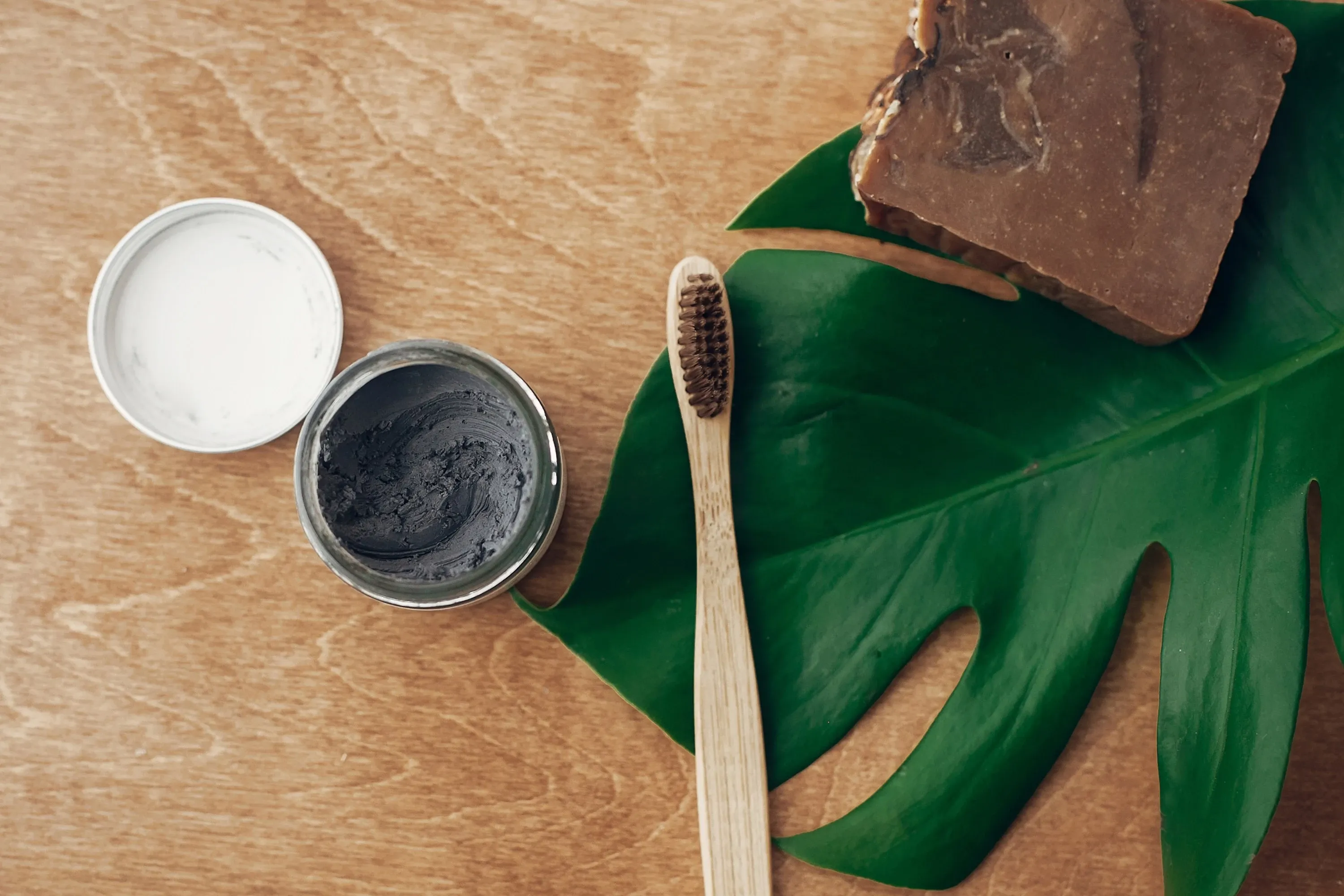
Toiletries
- Manual toothbrush
- Toothpaste
- Dental floss
- Shampoo and conditioner
- Dry shampoo
- Other hair and skin products
- Brush/comb
- Moisturiser
- Sun cream (if you’re working in a marine environment, check out options for reef-safe sun creams)
- After sun lotion
Medical kit
- First aid kit (including relevant medicines, like bite/sting relief)
- Prescription medicines
- Glasses/contact lenses and spares
Tech
- Mobile phone and charger
- Power brick
- E-reader and charger
- Laptop and charger
- Back-up mobile phone and charger (an old phone with long battery life)
- Handheld GPS (the field station might provide these, so ask beforehand, but it might well be worth investing in your own GPS unit)
Miscellaneous
- Wallet
- Passport/visa documents
- Towel (consider taking a proper towel plus a microfibre towel)
- Mosquito net (it’s worth investing in a good one!)
- Sheets and pillowcases
- A sleeping bag suited to the climate you’re visiting
- Travel comforts (like earplugs and a travel pillow)
What would a conservationist wear?
Choice of clothing?
What clothes you take will depend on the place you’re going to work. If you’re going to be doing a lot of hiking somewhere where the weather can be unpredictable, like the tropics, it is usually best to dress in layers. Stick to natural colours and remember to take long-sleeved tops and trousers to protect you from mosquitos and the sun.
If the conservation organisation you’re going to be working with says to pack waterproof trousers, be sure to bring a good pair – you won’t regret it! Consider buying a pair of gaiters, too – especially if the area you’re travelling to has venomous snakes.
Hiking boots
Many field biologists consider their hiking boots their most important piece of kit. What sort of boot you opt for will depend on the nature of the fieldwork; as a general rule, you will want a pair of sturdy, waterproof, and, most importantly, comfortable hiking boots that provide ankle support.
If your work days will involve lots of trekking, consider getting a heavy-duty pair, but if you won’t be hiking long distances, a lightweight pair might be the better option.
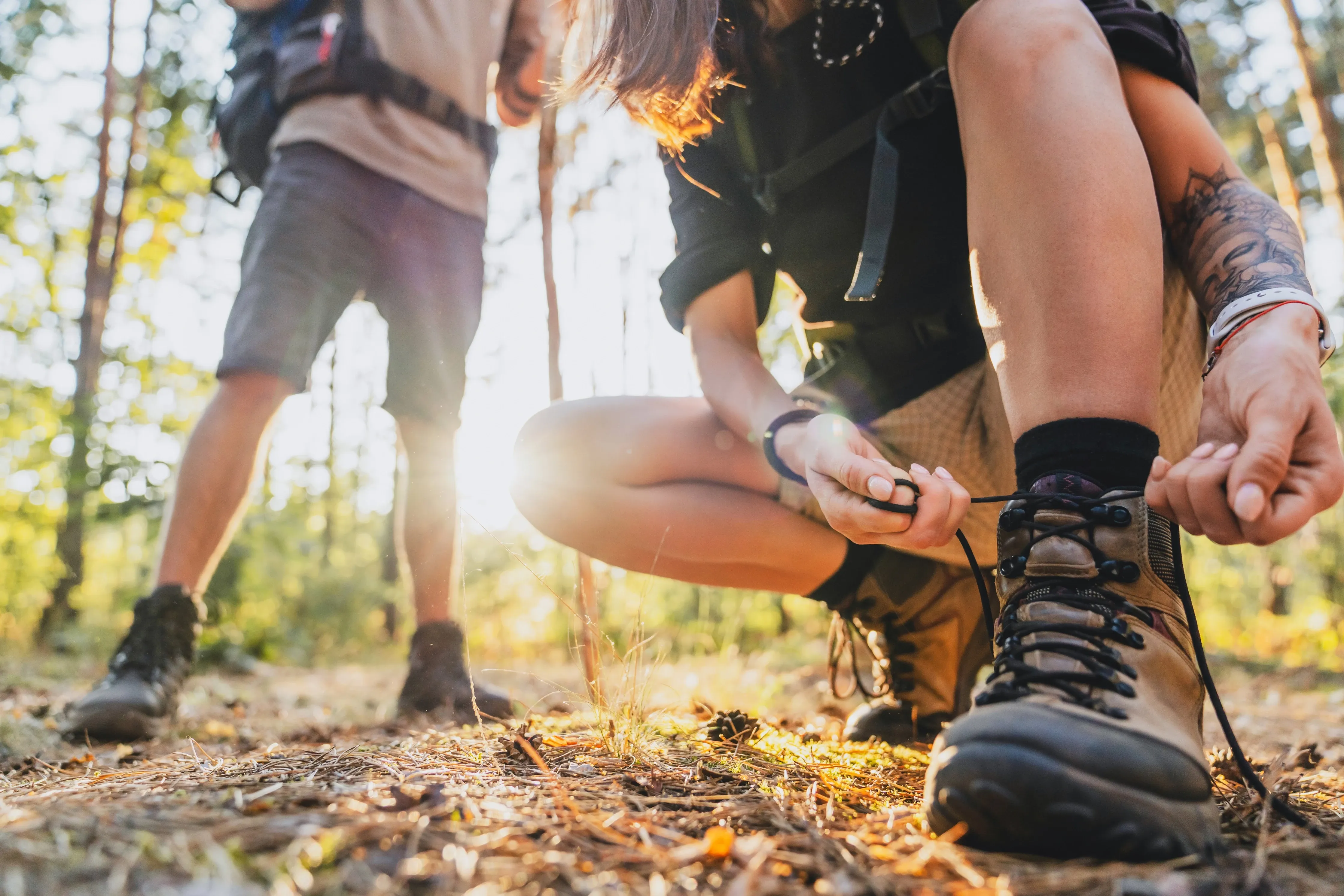
Be well prepared for your assignment
For many conservation biologists, a tried-and-tested method of packing light for life in a field station is to put everything you think you will need in a pile and then go through it several times, eliminating a good proportion of items each time, until you’re left with a pile that is half the size.
Our fieldwork packing list will help you to focus on the essentials. It is always worth buying good quality field gear before you leave home but if you need to save on space, remember you can probably buy your day-to-day basics once you’re in the country you’re travelling to.
Sign up for the newsletter
By clicking on “Subscribe now” I will subscribe to the Conscious Explorer newsletter with all the information about mindful travel. Information on the success measurement included in the consent, the use of the shipping service provider MailChimp, logging of the registration and your rights of revocation can be found in our privacy policy.

